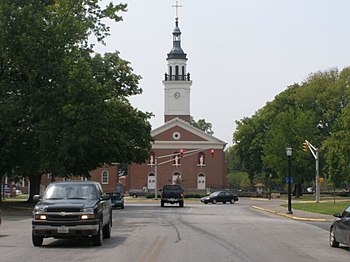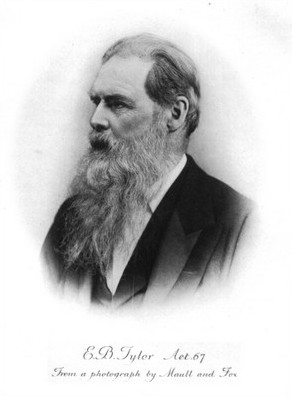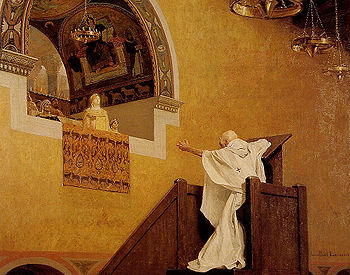| English: Front of the former Washington Township School — now the Son Center, a Protestant youth ministry center — along Center Street (County Road 54) on the southern side of Lewistown, an unincorporated community in Washington Township, Logan County, , . (Photo credit: Wikipedia) |
| Kids from a church youth group were sliding down the big hill in Gas Works Park on blocks of ice. Tons of fun, though probably bad for the grass. (Photo credit: Wikipedia) |
Rising money for church
youth groups or other youth groups can be challenging. You can't depend on the
old magazine and candy sales to get by. Many parents and relatives of members
of your youth group are probably tired of pushing candy bars at work or having
to subscribe to Lawn Mower
Monthly to support their
youth's activities.
There are ways to raise money for your Youth Group that
will have wide appeal and raise money They take some imagination and
preparation, but since they are community oriented they also raise awareness in
your community about the activities and good your youth group does in the area;
The first idea is to use your church's kitchen and
fellowship hall to sponsor a dinner auction. If your church does not have these
facilities try to hook up with a local youth group whose church does have these
facilities and do a combined fund raiser. Other youth clubs might be able to
use a larger church facility for a fundraiser as well.
The kids can participate by making and serving the food.
An adult needs to be in charge to make sure safety and sanitary concerns when
cooking for a large group is being followed. The traditional spaghetti dinner
is a good inexpensive choice for a number of youth groups. You can add a twist
to this by offering spaghetti made with soy alternatives and organic sauce.
This way you can appeal to more people in your community. Organic ingredients
are a little more expensive but you can charge a little extra for the organic
alternative.
One fun and easy dinner would be an all American Dinner
where you serve hot dogs, American Potato salad (mustard), apple pie and serve
lemonade. Again you can offer kosher hot dogs, soy dogs, in addition to regular
hot dogs to have wider appeal. Since two of your dinner items are served cold
you cut down on your cooking time. You can charge extra for specialty hot dogs.
The theme of red, white, and blue can be inexpensive as well if you have the
dinner after the fourth of July as you can pick up decorations on clearance.
You can get local businesses to donate things to auction
off or you could hold a rummage sale during or after the dinner. Arts and
crafts made by local artisans are a good choice. You can get a portion of the
auction price and make help the local starving artesian make a little money and
get some community exposure. Don't forget you can auction services. You might
get some of the kids to auction lawn mowing or dog walking services.
Be sure to have the kids involved in the preparation and
clean up of the dinner event. If you can leave the donated kitchen space
cleaner than you found it. If you leave a mess for the host congregation to
clean up there is little chance your group will be asked back.
Another unique fundraiser is to get a local merchant to
donate a video game system to serve as a price in a play for a fee video game
contest. Again you can hold the contest in the church's fellowship hall and get
the kids to donate the game equipment for the contest. Guitar Hero and Dance
Revolution are two high energy games that all the youth in the area will be glad
to play. You need to consult the kids who are the experts on these games to
help organize the rules for the contest. Donated games and gaming accessories
can be used as prizes for the winners of these contests. Don't forget to get
your youth to twitter and use other social media to promote any of your youth
group fund raisers.






































